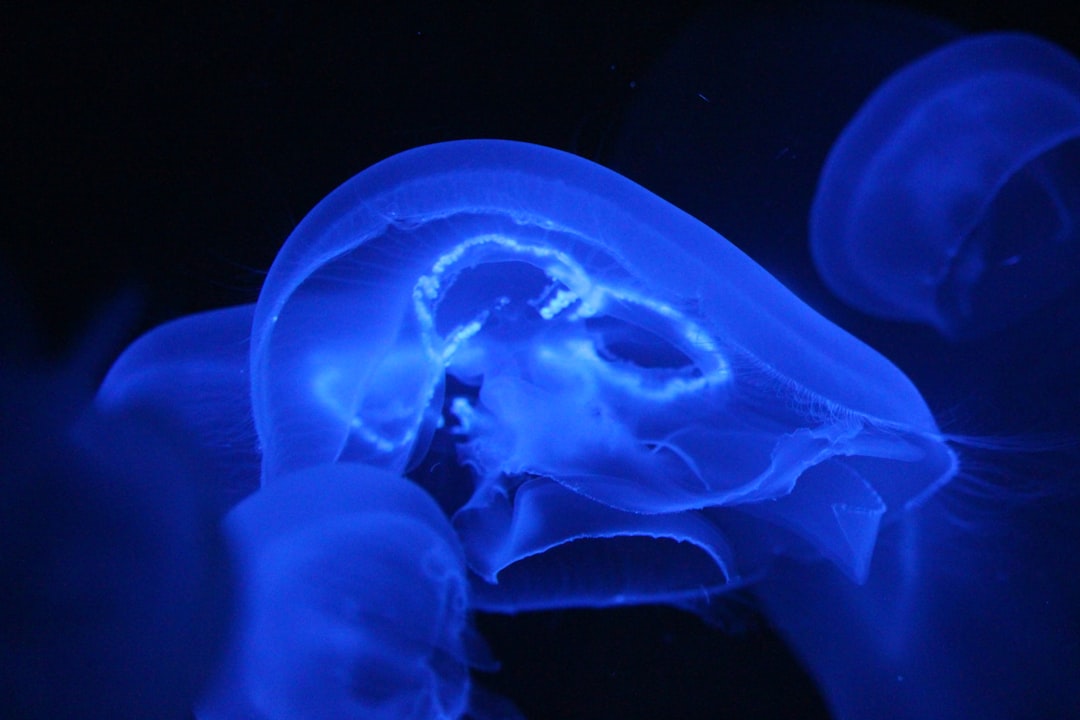What is it about?
The etiological agents of malaria are protozoa of the genus Plasmodium which are transmitted to humans and other vertebrate hosts by mosquitoes. In the Atlantic Forest in Southeastern and Southern Brazil, human infections by simian Plasmodium species have been detected, showing that in certain situations malaria can be transmitted zoonotically in this region. Anopheles cruzii, a sylvatic mosquito, is considered the main vector of malaria parasites in the Atlantic Forest. The fact that this species can feed on humans and monkeys reinforces the hypothesis of zoonotic transmission. In this work, we present a new mathematical model to explain the dynamics of zoonotic transmission of malaria in the Atlantic Forest.
Featured Image

Photo by David Clode on Unsplash
Why is it important?
Simulations performed with the model showed that the prevalence of human cases and the basic reproduction number for malaria can be strongly influenced by variations in the abundance of An. cruzii and the frequency with which these mosquitoes move between the ground and the forest canopy to feed on humans and monkeys, respectively.
Perspectives
The model provides a basis for other models to be developed and further studies carried out in order to better understand and more accurately predict the zoonotic transmission of malaria in the Atlantic Forest.
Antônio Ralph Medeiros de Sousa
Universidade de Sao Paulo Campus da Capital
Read the Original
This page is a summary of: A mathematical model for zoonotic transmission of malaria in the Atlantic Forest: Exploring the effects of variations in vector abundance and acrodendrophily, PLoS Neglected Tropical Diseases, February 2021, PLOS,
DOI: 10.1371/journal.pntd.0008736.
You can read the full text:
Contributors
The following have contributed to this page










